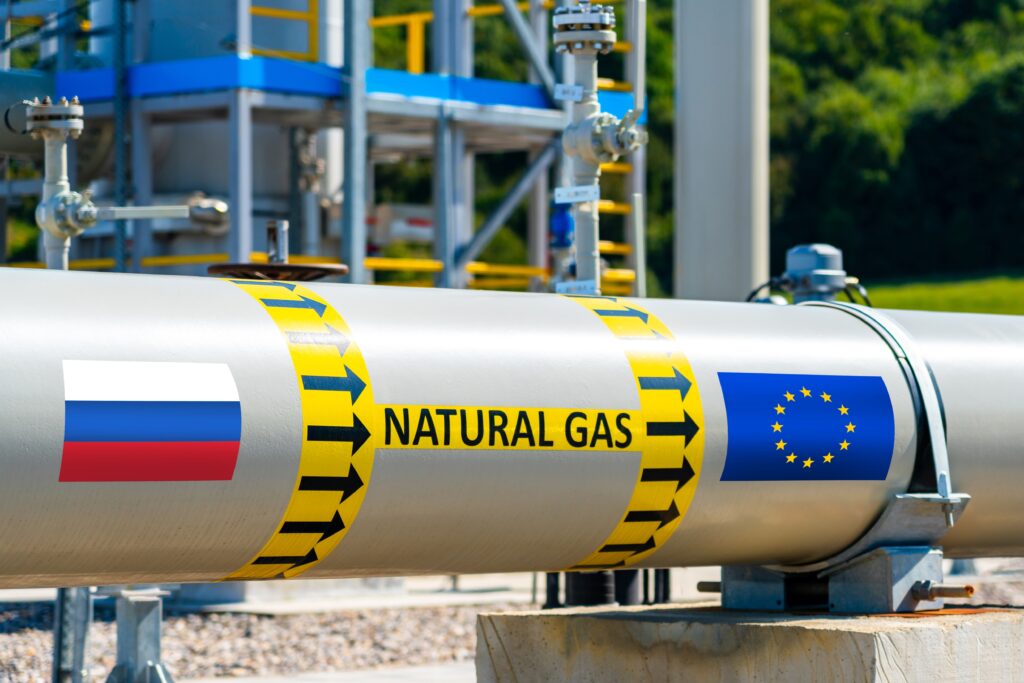On Tuesday, the European Commission shared a bold new plan. It will stop all imports of Russian gas, oil, and nuclear fuel by 2027. Every one of the 27 EU countries must follow the plan. They must stop signing new short-term deals with Russia by the end of 2025. By 2027, they must end long-term contracts too.
These long-term deals make up most of the EU’s gas trade with Russia. The EU also wants to stop the use of “shadow fleets.” These are ships that try to hide where oil comes from. The EU will also ban imports of Russian uranium and other nuclear materials.
Energy Commissioner Dan Jørgensen made the EU’s goal clear. “Putin has used gas as a weapon. We can’t let that happen again,” he said.
Each Country Must Make Its Own Exit Plan
Each EU country will need to write a national plan. These plans must explain how each country will stop using Russian fuel. The EU has also said this plan will stay in place, even if the war in Ukraine ends. That means no return to Russian gas, oil, or nuclear energy.
The Commission wants to make sure all countries move in the same direction. This effort is part of the EU’s larger goal: to become stronger, safer, and energy-independent.
Russia Loses a Big Customer
In 2024, the EU bought over 51 billion cubic meters of gas from Russia. This included both pipeline gas and liquefied natural gas (LNG). That was 19% of all the gas the EU used. Most of the LNG went to France, Spain, and Belgium.
Some EU companies still have long deals with Russia. These contracts are set to last until 2040. But under the new plan, the EU says these companies can break those deals. They can use a legal term called “force majeure.” This means that an outside event—like war—makes it impossible to keep the deal.
Jørgensen said EU lawyers believe this move is safe. Still, Russian companies are already fighting back. They have filed lawsuits asking for €18.5 billion in damages.
The EU Moves Ahead Without Full Agreement
Usually, EU sanctions need all countries to agree. But this time, the EU is using a “qualified majority” vote. This means not every country has to say yes. The EU is using this method to go around countries like Hungary and Slovakia. Both have pushed back against strict energy rules.
Ukraine also plays a role here. President Volodymyr Zelenskyy said Ukraine will stop Russian gas from crossing its land by the end of 2024. “We won’t let Russia earn money while killing our people,” he said. This has added more stress to EU talks.
Working with the U.S. and Others
The EU is also talking with the United States. Former President Donald Trump has pushed for the U.S. to sell more gas to Europe. Some of this gas could replace Russian supplies. The EU is also building more storage, pipelines, and terminals. These will help bring in gas from other countries.
At the same time, the EU is increasing its use of wind, solar, and hydro power. These steps will help the EU reach its green goals and stop using fossil fuels.
What Experts Say
Elisabetta Cornago, a top energy expert, praised the EU plan. She said it was a “real breakthrough” after years of delays. But she also warned about legal risks. Russian companies will likely keep suing to get paid for broken deals.
Still, she said, the EU has made a strong move. “It shows they are serious about change,” she said.
The EU now waits for each country to submit its plan. The Commission will check the plans and give advice. By the end of 2025, all short-term deals with Russia must stop. Two years later, all long-term ones must end too.
Some countries may need help. The EU is ready to give money and support to those who need it. This could help poorer or more dependent countries adjust.
The EU’s plan to cut all Russian energy imports is a huge step. It shows that Europe is ready to move on from Russian fuel—even if that means legal fights and short-term costs.


